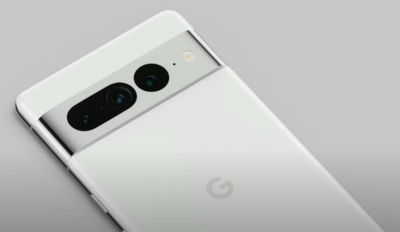
We have seen Google’s next Pixel smartphone renders and live images, but we don’t know much about its internals, until now. A Pixel 7 prototype got into the hands of an unlucky person, as it eventually got bricked, and that person ended up on a telegram group – “Google News.” And some enthusiasts could not keep the excitement and took a deep dive into learning more about Google’s upcoming smartphone, revealing some key details about the second-generation Tensor chip.
Google is reportedly not happy with Pixel 7 prototypes doing the rounds, so they bricked the unit remotely, and this Pixel 7 was one of them. But, folks from the Telegram group managed to access the boot logs, revealing what Google’s Tensor 2 could be like.
The logs revealed the codenames for the Pixel 7 models. The Pixel 7 is referred to as “Panther”, while the Pro model has the codename “Cheetah.” There is also a mention of “Felix”, which could be the yet-to-be-announced Pixel 7a.
As per their findings, the Tensor 2 uses ARM Cortex-A55 cores, based on the ARMv8 architecture, and the last core to use that architecture as ARM moved to ARMv9 architecture later with the A-510 cores. What does that mean? Well, it means that other cores will also be based on the ARMv8 as a chip cannot use cores having two different architectures, which means that the Tensor 2 would lag behind the recent flagship chipsets.
Tensor 2 chip might feature the older Cortex-X1 prime core
The logs reveal that the Tensor 2 will stick with a 2+2+4 CPU configuration as the first-gen Tensor. As said earlier, a chipset can not use cores based on different architectures, so we can expect the Cortex-X1 core to make a comeback on the second-generation Tensor chipset. And why would it not have a Cortex-X2 core? Because it is based on the latest ARMv9 design. We can expect it to feature the latest Cortex-A78 medium cores as they are based on ARMv8 architecture.
Google’s second-gen in-house chipset is said to be made by Samsung again, but it is rumoured to be based on the 4nm process node, so we expect it to be a tad power efficient than the former.
We think it is best for all to not expect some huge performance improvement from the Tensor 2. Tensor was not the fastest chip when it came out, and we don’t think Tensor 2 is not going to be any different.
Aside from revealing details about the second-gen Tensor chip, the logs also revealed that Pixel 7 uses a new S6E3HC4 display panel from Samsung. It might bring some minor upgrades, but the resolution and refresh rate is expected to remain the same as the Pixel 6.
FacebookTwitterInstagramKOO APPYOUTUBE
For all the latest Technology News Click Here
For the latest news and updates, follow us on Google News.